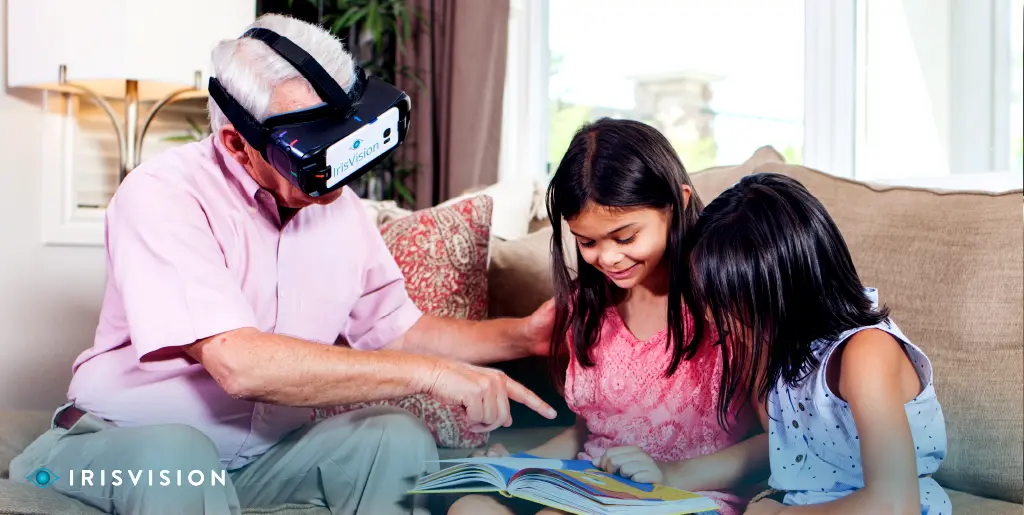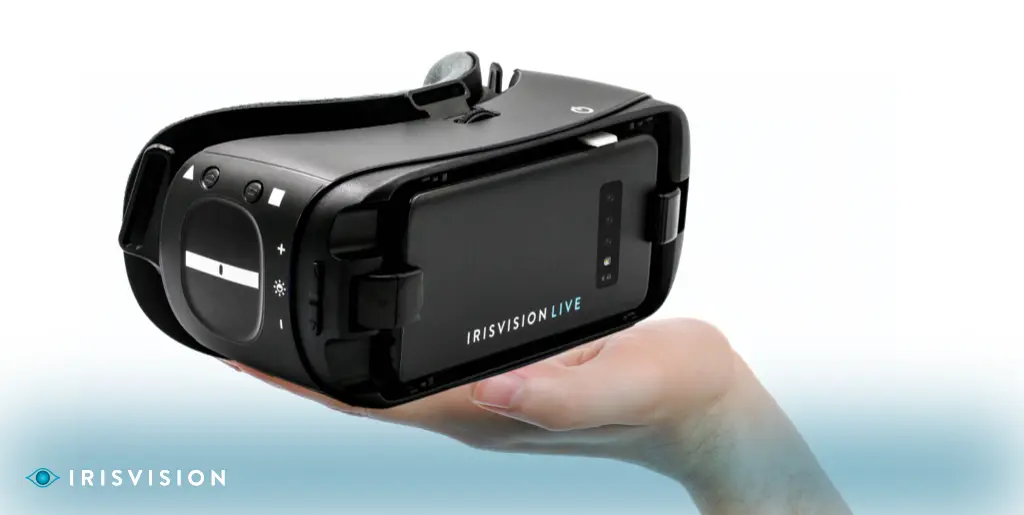
#LIVE2.0 #Review
44 million Americans over the age of 40 are near or farsighted as reported by The New York State Department of Health and whereas Only half of the 93 million US adults at high risk for vision loss visited an eye doctor in the past 12 months reported in The Centers for Disease Control and Prevention 2020.
There are many ways through which most of these effects can be mitigated such as eating a healthy diet consuming antioxidants like Vitamins A and C, omega-3 fatty acids that are good for the health of the macula, responsible for central vision. Some of the other foods that improve vision are leafy, green vegetables, fatty fish such as salmon, blackberries, blueberries, cherries, etc.
Exercise is instrumental in improving the blood circulation in your body, oxygen levels provided to the eyes as well as is a source of removal of toxins.
Maintaining a healthy weight to prevent diabetes and closely monitoring any signs of chronic conditions. It is imperative that you control high blood pressure as it helps protect your eyesight.
Wearing protective eyewear, reducing screen exposure, getting a full night’s sleep are all useful ways to maintain good eyesight and prevent any potential damage to the eyes. You can find useful tips on things to avoid to protect your eyes here.
But what if you’re already suffering from low vision? With the rise in low vision problems it is important to know about some of the tools to overcome visual limitations like low vision aids.

Though there can be several causes of low vision, the two most common are optic nerve damage and eye diseases.
Optic Nerve Damage: The optic nerve is responsible for bridging the communication gap between the eyes and the brain. The visual information delivered to the retina is then sent to the brain through the optic nerve.
It basically comprises a bundle of more than a million nerve fibers, thus any damage to the optic nerve can result in loss of vision.
The damage in a broader context is divided into two main types; damage caused by trauma or injury or damage caused by an eye condition.
Eye Diseases: Each disease has its own causes such as eye injury, or genetic disorders and subsequently different effects on an individual’s vision such as loss of central vision or peripheral vision etc. Let us look at some of the common eye diseases:
Devices that are specifically designed to facilitate individuals with low vision to see clearly through the use of tools such as standing and hand-held magnifiers, magnifying glasses, loupes, video magnifiers etc.
Visual obstacles that come with low vision often cannot be mitigated through the use of standard prescription eyeglasses or sufficient enough to help with distance and near tasks which is why using low vision aids become imperative. It is imperative that you consult an eye specialist or an ophthalmologist before opting for any prescription eyeglasses or any low vision aids.
Low vision aids are task-specific devices that have different innate properties, which means different tools for different tasks. For example an individual with low vision may use a hand-held magnifier for short-term reading such as going through a grocery list or to identify a sign board, but use video magnifiers for reading a book or a magazine.
These devices are designed to provide unique properties such as increased magnification as well as higher-quality optics to allow the lens to bend or refract light. But there are few smart low vision assistive technology devices available in the market that can provide all the needful features in one device.

The most affordable and innovative low vision solution, IrisVision Live provides smart software lens technology that leverages functional areas of the individual’s eyes and amplifies it to restore vision.
The IrisVision live is a clinically validated FDA class-1 medical device, developed as a collaborative effort between renowned organizations like Johns Hopkins University, Stanford University, UPMC Pittsburgh – and leading technology corporations such as Samsung, and is the only device backed by a research grant from the National Eye Institute.
The wearable device is equally handy and comfortable indoors and outdoors all thanks to its hands-free, portable design. The device enables users to benefit from extended and bubble views to make it easy to transition from different lighting environments.
The device has changed the lives of thousands across the globe, empowering them with the ability to see their loved ones and interact with their environment more effectively.
Support
See and Connect Today!
IrisVision Global, Inc.
5994 W. Las Positas Blvd, Suite 101
Pleasanton, CA 94588
Email: [email protected]
Support: +1 855 207 6665
Support
See and Connect Today!
IrisVision Global, Inc.
5994 W. Las Positas Blvd, Suite 101
Pleasanton, CA 94588
USA Email: [email protected]
Support: +1 855 207 6665
Support
See and Connect Today!
IrisVision Global, Inc.
5994 W. Las Positas Blvd, Suite 101
Pleasanton, CA 94588
Email: [email protected]
Support: +1 855 207 6665